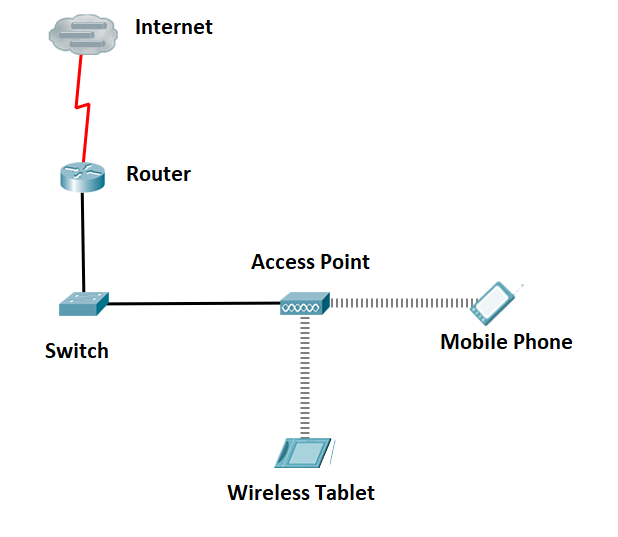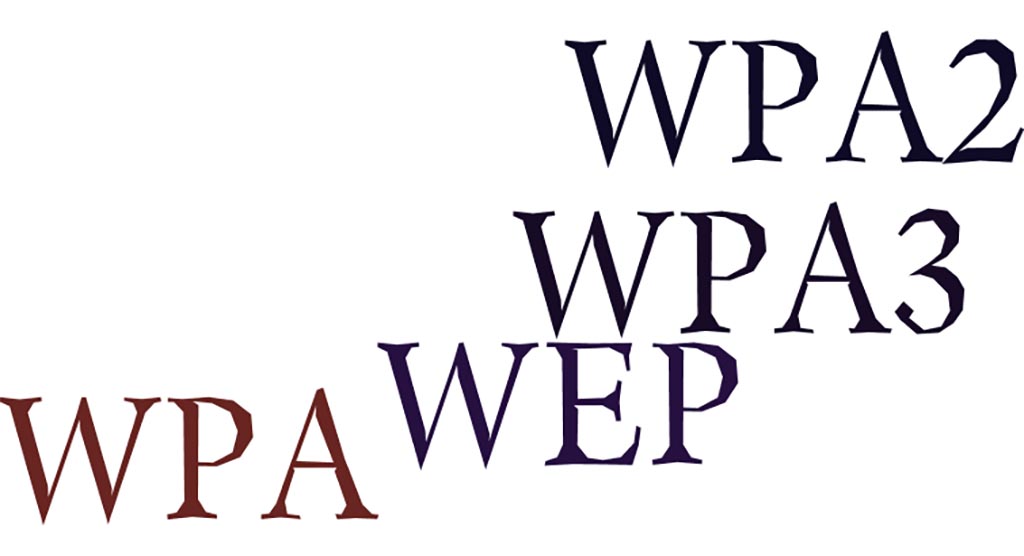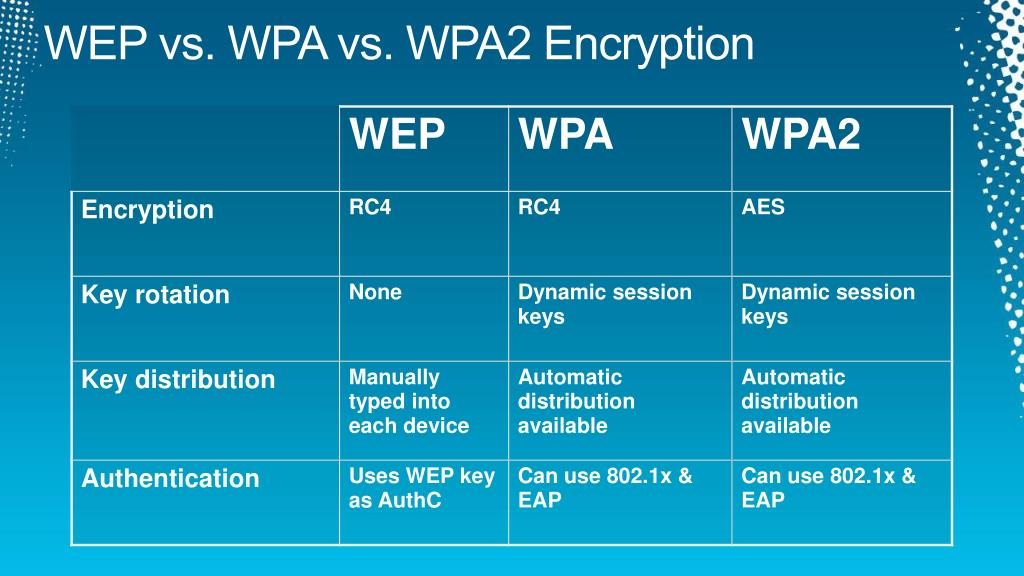
With this new format, WPA3 introduces stronger security to public networks to prevent hackers from extracting information from them. WPA3 is the new kid on the block, and you can find it in the routers that were created in 2019. You can follow the question or vote as helpful, but you cannot reply to this thread.
WEP VS WPA VS WAP WINDOWS 10
Where do I find this security code I have Windows 10 on my HP computer. The Wi-Fi Protected Access 3 (WPA3) Protocol It asks for my WPA/WEP in order to do so.In reality, on 13 March 2006, the Wi-Fi Alliance announced that all potential Wi-Fi devices had to use WPA2. WPA2 has been very popular and has retained its place as the top protocol since 2004. WPA2 replaced TKIP with the Counter Mode Cipher Block Chaining Message Authentication Code Protocol (CCMP), which did a better job of encrypting data. Wi-Fi routers support a variety of wireless security protocols such as WEP, WPA, and WPA2 to secure wireless network. WPA2 is the successor to WPA and adds more features to the mix. The Wi-Fi Protected Access 2 (WPA2) Protocol.WPA was a major improvement over WEP, but as the core components were rendered so that they could be rolled out through firmware updates to WEP-enabled devices, they still relied on exploited elements. This function was a 128-bit dynamic key that was harder to break into than a WEP static, unchanged key. It has additional features, such as the Temporary Key Integrity Protocol (TKIP). WPA arrived as WEP's substitute due to the vulnerabilities contained within WEP. The Wi-Fi Protected Access (WPA) Protocol.Using some encryption is always better than using none, but WEP is the least secure of these standards, and you should not use it if you can avoid it. WPA2 is the second version of the WPA standard. WEP was officially discontinued by the Wi-Fi Alliance in 2004. WEP stands for Wired Equivalent Privacy, and WPA stands for Wireless Protected Access. Out of all protocols, WEP is considered to be the least stable. It is still prevalent in the modern era within older structures due to its age. WEP was developed for wireless networks and introduced as a Wi-Fi security standard in September 1999. The Wired Equivalent Privacy (WEP) Protocol.

Get more information about possible security protocols: WEP, WPA, WPA2, and. Wireless security protocols are WEP, WPA, and WPA2, which serve the same function but are different at the same time. Verify the encryption of your network with NetSpot and choose the best wireless security protocol to secure your WiFi. Various types of wireless security protocols have been developed for the safety of home wireless networks. Did you know that your internet connection uses one of four different types of security? While all of them are different, not all of them are equal as such, it's important to learn what form of protection your Wi-Fi is using.

Most home routers have several security modes that differ in levels of safety.

If you want better security, stop using wireless, period.Wi-Fi protection is designed to avoid unauthorized access to wireless devices. The best rule of thumb is: use what you've got and be done with it. Not everyone has access to Radius-enabled hardware, hence the practical security meaning most everyone has WEP/WPA/WPA2 and, for the "wily hacker," it's not protection at all. What's the difference between WEP and WPA Choosing the right security configuration for your wireless network is very important, especially because hacking is so easy now.

There is no practical security that can protect your data if you use a wireless connection and someone wants it.
WEP VS WPA VS WAP MAC
MAC filtering? Irrelevant since every packet is tagged with a MAC - encryption doesn't help there. WPA2? Like eating a steak with that same knife. WPA? Hot knife through a buttered bagel, a little tougher. With an 11bg wireless card, my BackTrack 2.0 CD, and well under 30 minutes, I can get into most any wireless network that doesn't use the aforementioned Radius setup. But even before I started being interested in having that cert just for shits and giggles, I've been part of the Auditor/BackTrack project from since it's inception. I've got a CEH (Certified Ethical Hacker, seriously) cert now - and man that was easy to get. Unfortunately, it's all too easy to get into systems these days.


 0 kommentar(er)
0 kommentar(er)
